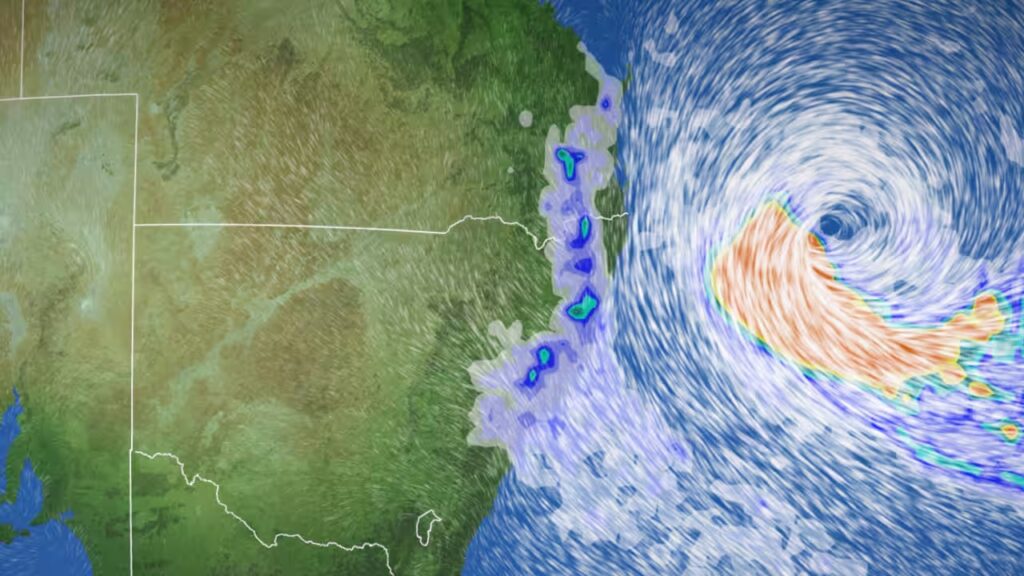Climate change, caused by the burning of fossil fuels, is the biggest threat Australia’s natural environment faces. It puts at risk the complex ecosystems we depend on for healthy and prosperous lives, damages the habitats of important animal, insect and plant species, and threatens iconic natural places like the Great Barrier Reef.
Our national environment law doesn’t directly address climate change, so of course it isn’t adequately protecting our treasured natural places.
Watch and share our latest video:
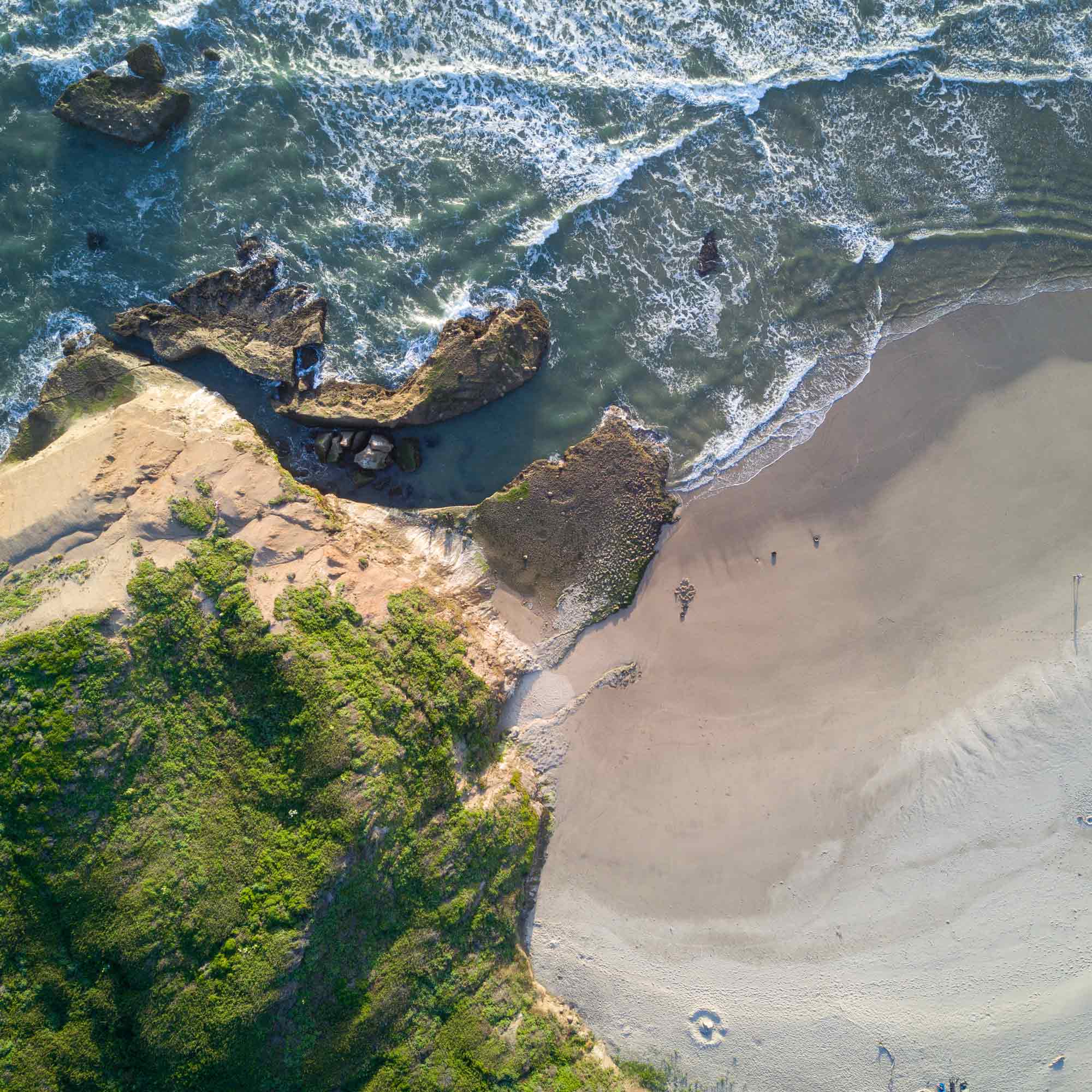

The Environmental Protection & Biodiversity Conservation (EPBC) Act is the main environmental protection law that’s meant to shield Australia’s unique plants, World Heritage-listed places, ecosystems and endangered species from further harm.
Under the law, all sorts of new projects and developments must go through an environmental approval process. This is to assess their impact and make sure they won’t negatively affect our cherished landscapes, unique wildlife and cultural heritage.
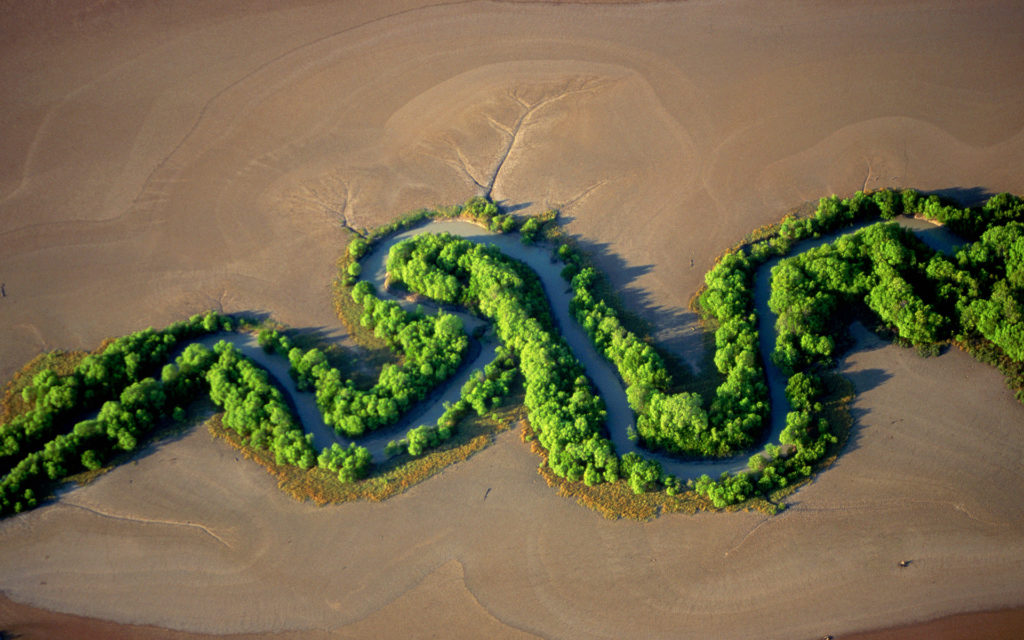


This includes considering whether new fossil fuel projects should be allowed to go ahead – you know, the ones that pollute our air, our waterways and our atmosphere; worsening climate change and accelerating the deterioration and degradation of our natural environment. Approving new coal, oil or gas projects means more widespread, and catastrophic extreme weather like fires, droughts and floods; putting a safe climate further out of reach.
At the moment, these projects get the green light because Australia’s national environment law doesn’t specifically require the Environment Minister to consider climate change, or its impacts. It ignores the damage that any new coal, oil or gas project built anywhere does to people, places and wildlife everywhere.
Find the full list of fossil fuel projects which the environment law has waved through here
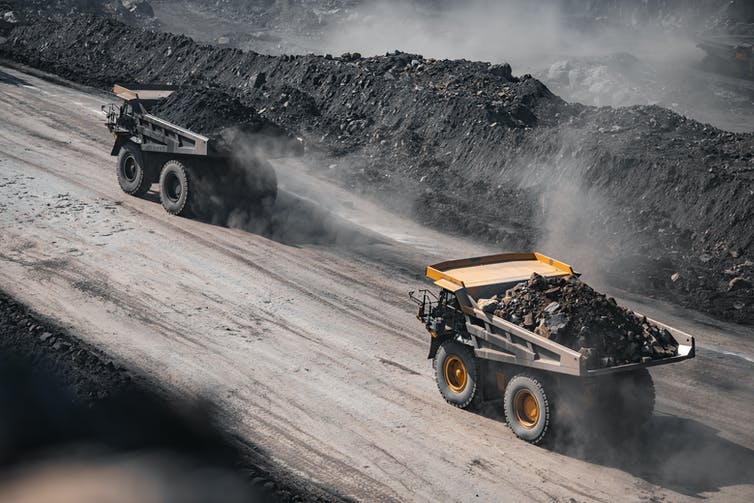
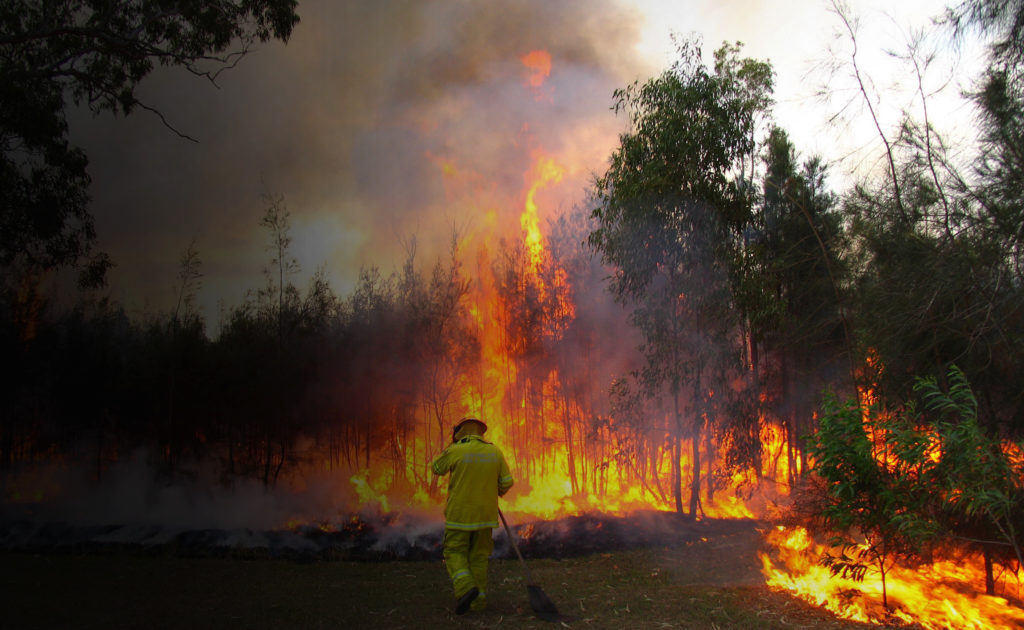
…WHAT DOES EPBC STAND FOR AGAIN?
It’s the Environment Protection and Biodiversity Conservation Act (1999), a legal framework that puts in place rules and regulations that are supposed to protect our precious places, animals and environments. Think of it in two parts:
- Environment Protection (EP) – like our World Heritage-listed coral reefs, tropical rainforests, vast wetlands and marine ecosystems; and
- Biodiversity Conservation(BC) – including iconic species like koalas, wallabies and possums, plus fish, birds, insects, plant life and much more, the majority of which are found nowhere else in the world.
RIGHT, AND WHAT DOES OUR MOST IMPORTANT NATIONAL ENVIRONMENT LAW DO?
This law is the one that determines whether the Federal Government gives the thumbs up or thumbs down to projects that will impact our natural environment. It names things that need special protection – like endangered species, important habitats and culturally significant landscapes. Any new project that could impact on these things needs to get assessed under the law, and be approved by the Federal Environment Minister. Right now, that’s Labor’s Tanya Plibersek.
SO WHAT’S WRONG WITH OUR NATIONAL ENVIRONMENT LAW AT THE MOMENT?
The law was designed in the 20th century, and it’s got a fundamental flaw when it comes to the biggest threat to Australia’s natural environment today: climate change. The steady rise in average global temperatures, driven by pollution that predominately comes from burning coal, oil and gas and acts like a blanket smothering the Earth, has made weather extremes worse. This puts sustained and severe pressure on our natural environment, which we depend on for safe, healthy and prosperous lives.
While new fossil fuel projects often have to go through the law’s environmental approval process, there’s nothing in it that explicitly considers the climate damage they will wreck. So even as the climate crisis does untold damage to the world around us, new coal and gas projects that spew out even more harmful pollution keep being approved.
What’s more, the law can take ages to assess projects and decide if they should proceed. This is a problem for the new renewable energy projects we need, like wind and solar farms, which are critical to Australia’s clean energy transformation in response to climate change.
We need a stronger national environment law that says yes to job-creating projects in industries like clean energy, critical minerals and green manufacturing, and no to projects that cause more climate harm and will damage Australia’s special natural places.
How do we fix it?
A safe and liveable climate needs to be at the heart of our national environment law. Climate change is already creating chaos around the world, with the collapse of some ecosystems and many more are on the brink. Allowing fossil fuel corporations to continue building new coal, oil or gas infrastructure onlys adds to the problem.
The science is clear: this is the make-or-break decade for action. We need to urgently transition our economy away from fossil fuels. Not approve or use even more.
We need our national environment law to specifically address climate change and make protecting a safe and liveable climate a core focus. Under the law, high-polluting and climate-wrecking projects like new coal, oil and gas facilities should be assessed on the basis of their climate impacts.
The law should also be set up in a way that delivers efficient decisions for nation-building, renewable energy and green industry projects that can help us rapidly cut emissions and avoid further climate harm.
How Can i help?
We have a unique opportunity to fix Australia’s key environment law this year. The Albanese Labor Government promised a stronger EPBC Act at the last election. While the reform has been languishing on the government’s to-do list, three new or expanded fossil fuel projects have been approved, while 22 more loom in the approvals pipeline.
The Climate Council is calling on the Albanese Government to pause all polluting project approvals until the Parliament can fix the EPBC Act. Then, we need to get on with this reform, because every day we wait is another day our precious natural environment remains at risk.
The Federal Government can act to create a strong national environment law that protects a safe and liveable climate for all – our communities, precious places, protected species and wildlife alike.






